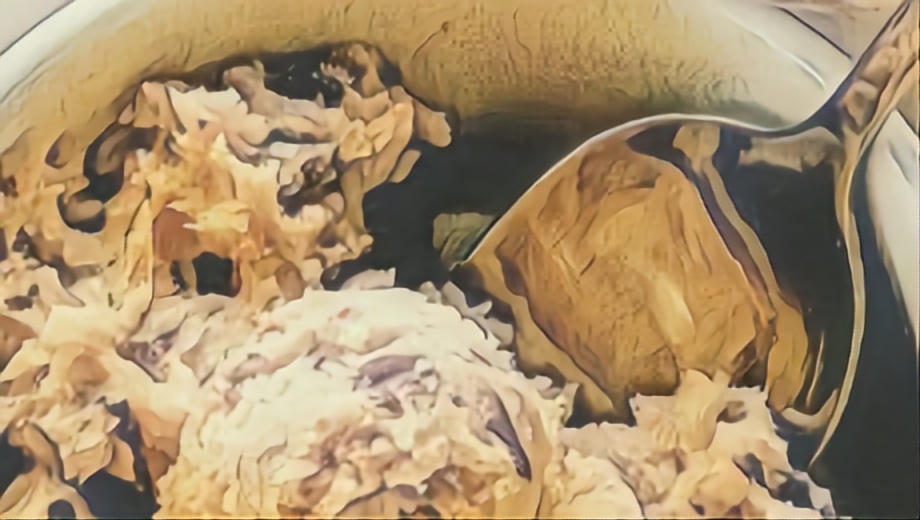If I had a nickel for every time I heard that…
I get it though. I didn’t always care for the term “edible cookie dough” myself. When I started 3rd & Spoon, I was a bit determined to avoid using it altogether. In part so that I wouldn’t have to be reminded daily that “technically” all cookie dough is edible. I’ve also had a few people take the word “edible” to be a literal “buzz” word, associating it with a certain recreational substance that gives you more than just a sugar high. Of course, that’s not at all what our product is about!
But alas, the term “edible cookie dough” has come to be the commonly known name for our product. In trying to avoid using it, I found I was just confusing people even more. A lot of them just couldn’t figure out what was in the jar. They’d stare at it for minute, then ask “Is it peanut butter? Is it a candle? Is it SLIME?” (Yes, someone really did ask if we were selling slime!) I tried to come up with a different name, originally referring to it as “ready-to-eat dessert dough”. But that name doesn’t exactly roll off the tongue. And there aren’t many better options…
No Risk Cookie Dough?
Non-Toxic Cookie Dough?
Cookie Dough With No Chance of Worms? (What, that doesn’t make your mouth water???)
If the term “edible cookie dough” triggers you to put on your Captain Obvious hat, and you feel the urge to tell someone that all cookie dough is edible, here are some things to consider. First, hamburgers aren’t made of ham, but you seem fine with that. Second, “edible” no longer just means “able to be eaten”. Merriam-Webster primarily defines it today as “fit to be eaten”. What does “fit” mean? Well, that’s the subjective part. It’s all about risk. So where does the risk really come from in eating traditional raw cookie dough?
RAW EGGS – Most people figure the biggest risk of getting sick from eating raw cookie dough comes from raw eggs. It is true that raw eggs can be contaminated with Salmonella, which is why the FDA and CDC have both published guidance on egg safety. According to most sources, the odds of an egg being contaminated are about 1 in 20,000. While some people may consider those odds to be low risk, it’s not zero risk.
RAW FLOUR – According to this study, most consumers do not consider uncooked flour to be risky to consume. But the FDA and CDC both have published guidance on the potential for bacterial contamination of raw flour. As with raw eggs, some sources indicate that contamination risk with raw flour is low to moderate. But again, what’s your risk tolerance when it comes to Salmonella and E. Coli?
How much risk is “fit” for you?
One thing is certain. 3rd & Spoon cookie dough doesn’t contain raw eggs or raw flour (our flour is heat-treated). The risks that are called out above are ZERO when it comes to eating our dough. Therefore, our dough is 100% fit to be eaten. I guess that means it’s “edible” in the truest sense of the word.
I’m good with that.

